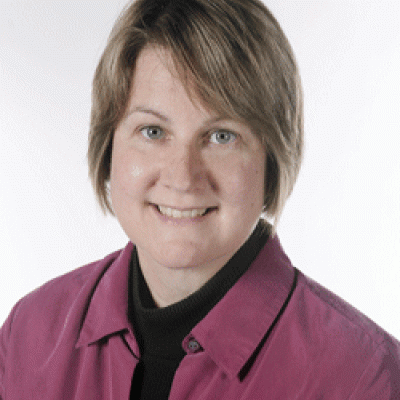
Biography
Karen joined the faculty at Brown in 1990, following a B.S. in Geology and Geophysics from Yale University, a Ph.D. in Geophysics from the Massachusetts Institute of Technology, and a Lamont-Doherty Earth Observatory Postdoctoral Fellowship at Columbia University. Her research focuses on seismic wave imaging of the structure of the Earth's crust and mantle in order to better understand dynamic processes inside the Earth.
Karen is a Fellow of the American Geophysical Union (AGU) and was the 2016 AGU Beno Gutenberg Lecturer. She has served as President-elect and President of the AGU Seismology Section (2010-2014), on the National Science Foundation Geosciences Advisory Committee (2012-2014), and multiple terms on the Board of the Incorporated Research Institutions for Seismology. She was the Oliver Visiting Professor at Cornell University (2013-2015).
At Brown Karen enjoys teaching courses that range from introductory physical geology for undergraduates to graduate level seismological theory and methods. She has served as the advisor for the Geology-Physics/Math Concentration since 1990. She was in the inaugural class of Royce Family Professors of Teaching Excellence (2004-2007) and received the 2009 Karen T. Romer Award for Undergraduate Advising and Mentoring.
The paradigm of plate tectonics is fundamental to our understanding of the Earth, yet the question of what makes the lithosphere “plate-like” remains unanswered. As Earth’s outer thermal boundary layer, the lithosphere partly derives its high strength or viscosity from its cold temperatures, relative to the warmer layer of asthenosphere that lies beneath. However, much debate has centered on whether the viscosity difference between the lithospheric plates and asthenosphere is enhanced by the presence of small amounts of volatiles and/or partial melt in the asthenosphere.
Karen Fischer’s group has addressed this debate using earthquake waves to image the lithosphere-asthenosphere transition, in particular the drop in seismic wave propagation velocity with depth that marks this boundary. They have found evidence for widespread partial melt in the asthenosphere beneath tectonically active continental regions, but not typically beneath the thick lithosphere of ancient, stable continental interiors.
